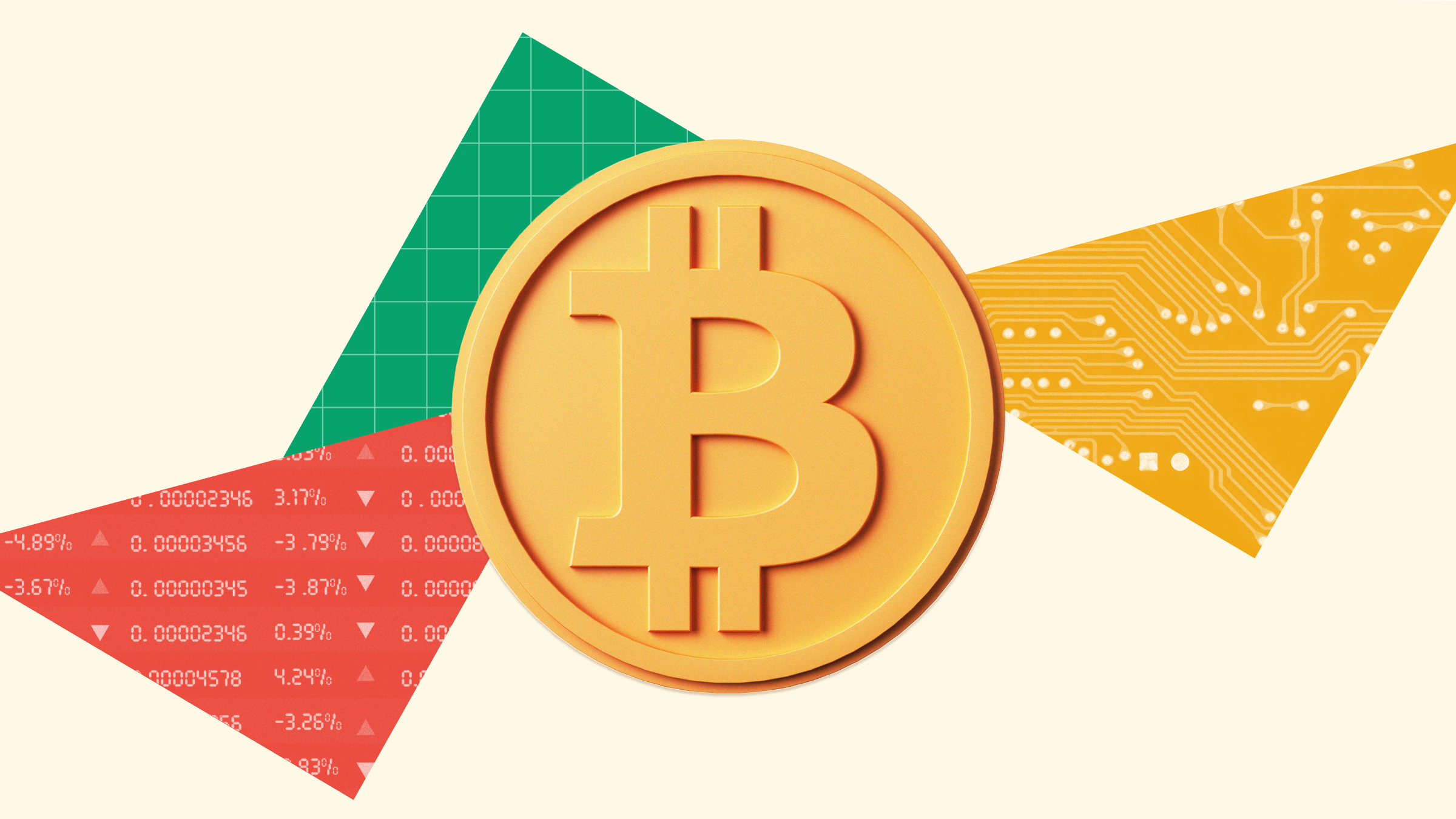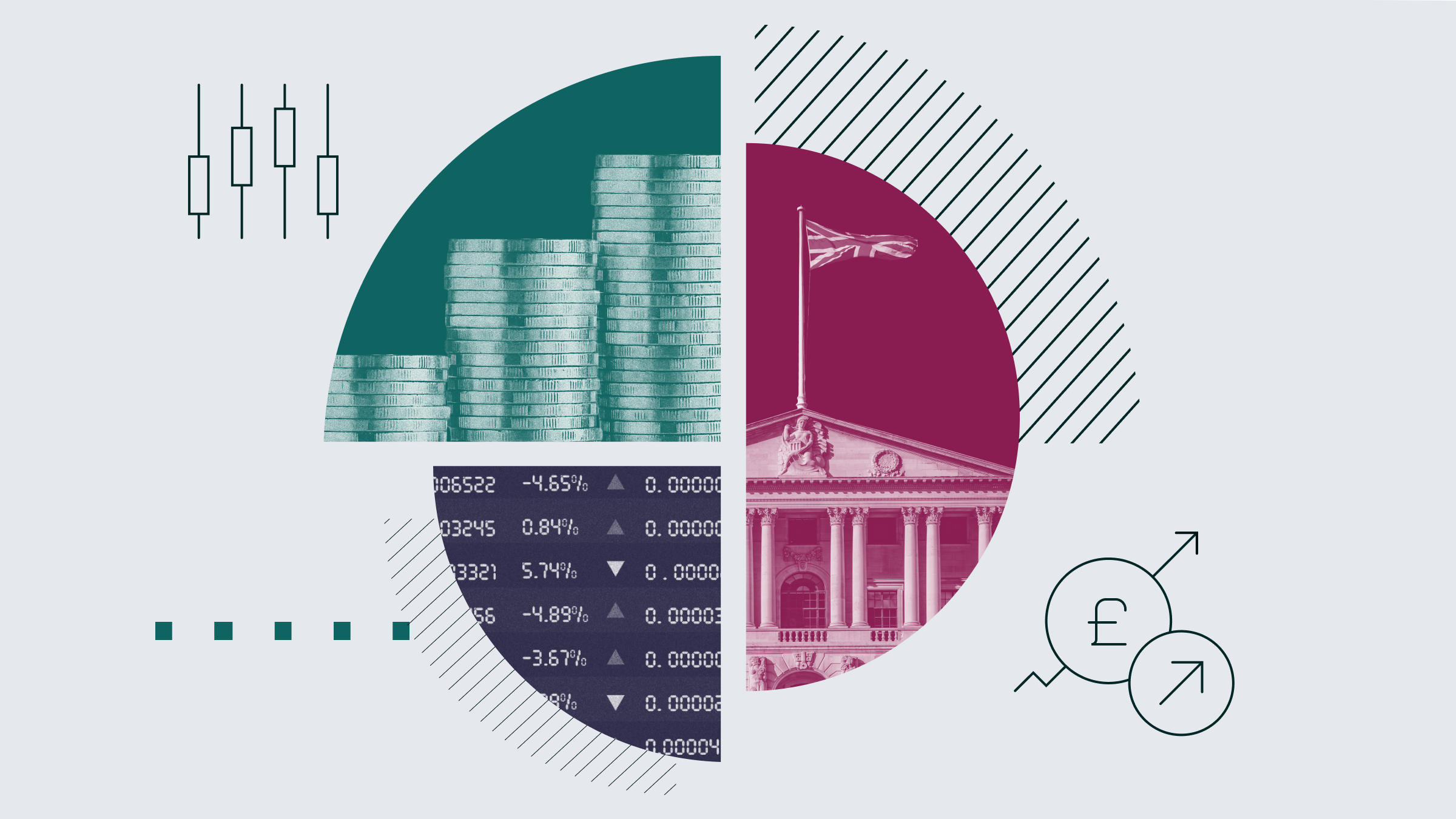Valerio Baselli: Hello and welcome to Morningstar. Nuclear energy is enjoying a revival in popularity. Six months after the Russian invasion of Ukraine, the European Union decided to include it in the EU sustainable finance taxonomy. Now, the International Energy Agency affirms that for the world to meet net zero emissions goals, the nuclear sector must double in size over the next two decades. Here with me to address the new challenges facing the energy sector and specifically the uranium market is Rohan Reddy, Research Analyst at Global X.
So, Rohan, the conversation about nuclear power as a tool to address climate change continues to gain steam, but at the same time it continues to be controversial. So, should we really expect an increase in nuclear production in the future? And where do you see the biggest changes or projects in this regard?
Rohan Reddy: Well, Valerio, it's a great question, and I think it's coming at a time when uranium and nuclear power are coming into focus a lot more for the market as a cleaner energy solution potentially. And we do see that production is expected to rise a little bit in the near term just because of restarts of mines that were previously closed when prices were a little bit lower. But we do envision the market is going to be still in a period of deficit for the foreseeable future. So, demand is expected to outstrip supply even in the coming years. And so, even though we are going to see supply increase, there's not enough to be able to meet all the demand that's coming online because of newer nuclear power plants and restarts potentially that might come up but are not necessarily enough to meet that. Where we're seeing a lot of this demand come from is mostly out of the Asian region.
So, China, which has been a very big component of the growth in nuclear power, they potentially might add over 150 reactors in the next couple of decades. For context, there's only about 440 reactors today. So, China is a huge part of this mix. And then, also other big population centers like India as well as other developed nations like South Korea and Japan. So, we expect that region to build a lot of momentum into the nuclear power markets.
Baselli: Well, that's very interesting. And of course, when it comes to nuclear energy, the biggest concerns relate to the safety of power plants and the long lead times and huge costs involved in building new reactors. Where do you think the market stand on this? And do you see this as a potential obstacle?
Reddy: Yes. Certainly, nuclear power has come under a little bit of fire over the last few decades because of some high-profile incidents. But we do see that there's a lot of key major improvements that have happened in this market over the last couple of decades, and most of that is because of improvements in technology, in safety, and most importantly, on the planning side of things and buying into nuclear power as a power source. So, what we're seeing is, even though there have been some countries that might not be as in favor of nuclear power, that stigma is starting to go away, especially when reality start to kick in, like this energy security crisis that we're facing right now.
So, other countries, like those in Europe, for example, that were previously more focused on, say, natural gas, they're looking to diversify some of their energy exposure away from areas that are slightly more risky such as Russia as a power source. So, we are seeing a lot of developments, but also people are becoming more comfortable because the technology has begun to improve over time. And so, there's other developments that have happened that people are becoming more comfortable with, such as small modular reactors, they're known as SMRs. They're essentially a smaller source of nuclear power. They don't generate the same level of capacity that a full-scale reactor would, but they're slightly more safer in capacity than maybe a traditional power plant would be.
Baselli: Right. Let's talk of the uranium market now. The price of uranium spiked last year, particularly between February and April, right after the outbreak of the war. It currently trades around $39, up from $25 three years ago. What is your price forecast for the medium term and why?
Reddy: We still think that there's a lot of runway to go in the uranium market. So, as you mentioned, the prices bottomed out in the 20s a few years back, and now they still sit a little bit higher, but not necessarily at a point where we're in a full-on bull cycle. And so, even going back to years such as 2005 to 2007, which was the last real big uranium bull cycle, prices went even into the triple digits. And so, not necessarily saying it's going to hit that point, but we do think that there's a lot of runway here to potentially get to $70, $80, potentially even $90 a pound on uranium.
And so, some of that is just because of the cost aspect that you mentioned just because of the levelized cost looking pretty attractive relative to other power sources. So, once a nuclear power plant is typically online, it can be online for 10, 20, even 30-plus years. And so, when you think about how to generate power for a lot of big population centers, this can be a very attractive solution for governments and towns and cities. And so, we do envision that there's going to be a lot more demand that's going to come into the uranium markets. And as we mentioned earlier, because supply is not necessarily able to meet all that demand right away, there's a lot of utility planning that needs to go on. And so, a lot of these utilities are going to need to recontract, and that we think is going to be a big part of long-term prices increasing.
Baselli: Finally, in the case of uranium, what is the difference between investing directly in the commodity and in uranium stocks, which means in companies involved in the mining? What option looks more appealing to you and why?
Reddy: It's a pretty interesting market. Because it's not necessarily quite like other commodities out there, it does not have a very liquid or developed futures market. And then, the only other real way to get access to, say, spot prices is through, say, either illiquid vehicles or those that might have premiums or discounts, say, through trusts. So, there's not a whole lot of easy ways to get access to spot uranium necessarily that are the most efficient.
And so, a lot of investors, especially institutional investors, have been looking at areas like ETFs which offer exposure to a basket of uranium equities, and these equities can be around the world in countries like Canada, Australia, even other parts of the globe. And so, putting all of that into a basket through an ETF is sometimes the most effective way to get access to the uranium markets because at a period when prices might increase, like we potentially discuss where prices could increase a bit from here, a lot of times those equities tend to benefit in a more outsized manner than you might get in other methods such as directly through spot prices.
Baselli: Thank you so much for your time, Rohan. For Morningstar, I'm Valerio Baselli. Thanks for watching.




























